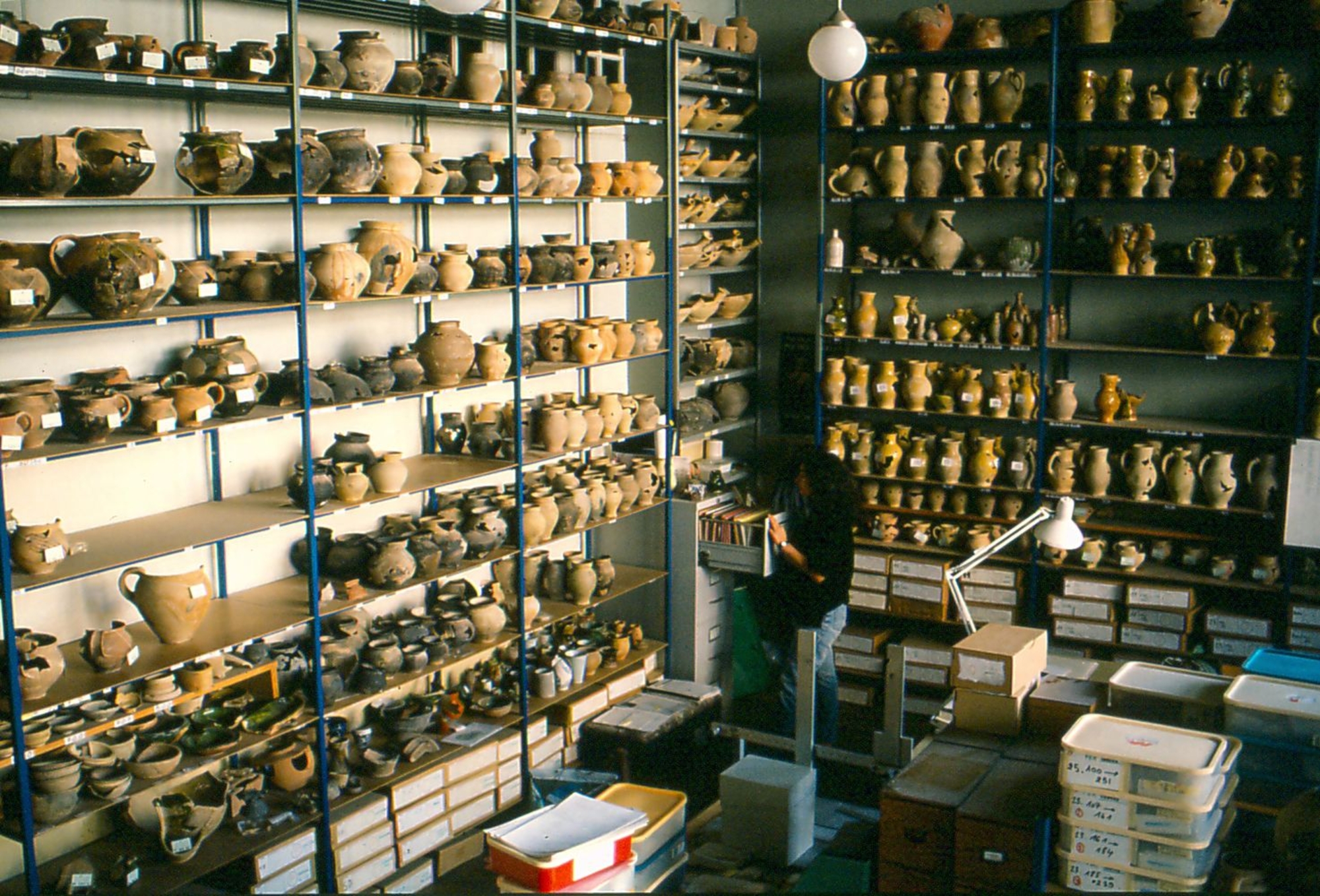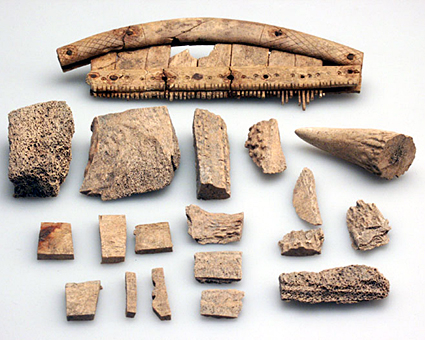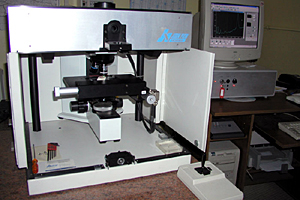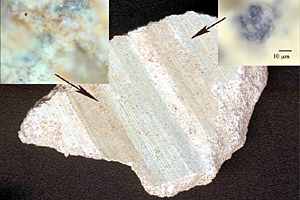- Home
- Archaeology, territory and citizenship
- Archaeology and research
Publishing
One of the most valuable benefits of the vast rescue archaeology campaign that took place in the town center was the discovery of a monumental complex. Located at the edge of the medieval necropolis, its development strongly influenced the formation of the urban sector.
Deer antler waste connected to the manufacture of combs.
© UASD / J. Mangin.
Over time, the archaeological campaign, which normally should have concerned only the town itself, uncovered vestiges connected with the basilica1 and the abbey, in the very center of the town-areas which, obviously, were not going to be included in the urban renewal project. Thus, it became quite clear that in order to publish the data from the excavation, archaeologists would first have to carry out an overall study of the site. They decided to assemble a representative sampling of historical data relating to the site topography and to place this data in perspective with the excavation's initial results. This study brought together archaeological data, written sources, and images, and led to the publication in 1996 of the Historical Atlas of Saint-Denis, the first volume in a series of scientific publications about the site.
Raman Jobin-Yvon Horiba Microspectrometer.
© L. Lemoigne
Research projects
This initial publication featured the main historical phases of Saint-Denis, in correlation with data from the excavation and from examination of the archaeological material. This work, which was based on chronological observations from the site's stratigraphy, constituted what is called "phasing". Phasing allows the principal orientations of future publications to be identified, in which the archaeological data will be examined from two viewpoints-the contribution of archaeology to a precise understanding of the major phases in the town's development, and an approach to material culture in the Middle Ages based on the accumulated documentation consisting of the archaeological objects discovered and the reference collections that have been assembled from them.
Non-invasive study of grains of pigment on a fragment of ancient paint.
© L. Lemoigne.
Concurrent to this long-term project, continuing research on Saint-Denis is regularly brought to the attention of the scientific community and to a wider public audience by means of conferences, articles and exhibitions.
Archaeological publications rely on collaboration with researchers in other disciplines (such as historians, geologists, art historians, etc.) as well as analytical laboratories (physical anthropology, archaeozoology, dendrochronology, paleo-metallurgy, and so on), on a national and international scale.



